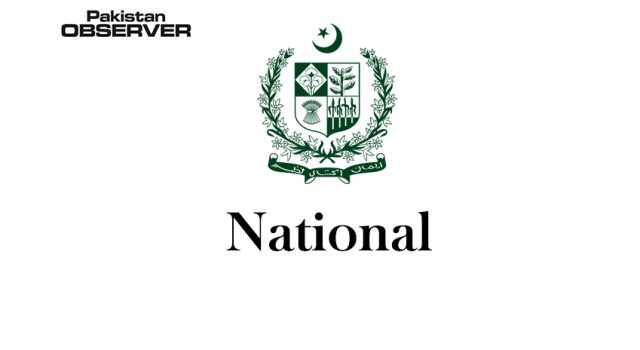Dr Zia Ul Haque Shamsi
RUSSIANS quest for extending its frontiers towards south, and Britain’s attempt to expand British India towards north-west, has had an extremely adverse effect on Afghanistan’s history, development, and socio-cultural leanings.
Without going too far back in the invasion history of Afghanistan by the Russians and the British, one can conclude that Afghanistan’s strategic location became a curse for the Afghan people since the time immemorial.
However, the Soviet’s invasion of 1979 is considered responsible for the present mess that Afghanistan is going through for the last over four decades.
However, it was not until January 1980, that the US President Jimmy Carter responded to Soviet’s invasion of Afghanistan in his State of the Union address.
US found a natural ally, Pakistan, who feared Soviet’s excesses into Balochistan towards the warm waters of the Arabian Sea.
While US was eager to keep Soviets engaged in Afghanistan, Pakistan opened its doors for the refugees, and became a launching pad for the resistance fighters called ‘Mujahedeen.’
Pakistan, under the military regime of General Zia ul Haq, took a great risk to stand against a superpower next door, and opposed Soviets on multiple fronts; politically, and militarily.
Pakistan suffered immensely on account of the attacks on refugee camps, and border posts.
In the process, Pakistani cities particularly Peshawar and Quetta were overwhelmed with the refugee influx who were allowed to roam around freely at places of their choosing. Whereas, Iran was able to confine the refugees in proper camps.
During ten years long war, Afghanistan was destroyed, and Soviet Union collapsed as a Union. However, Afghan woes were not over even after the Soviets withdrawal on February 15, 1989.
On the other hand, US pulled back its support from Pakistan, because its interests were over after the Cold War ended.
Rather, Pakistan was placed under sanctions against the Pressler Amendment on account of its continued efforts for the development of its nuclear programme.
Pakistan, unable to rehabilitate the battle-hardened Mujahedeen faced numerous difficulties in managing them, and some of those groups turned their guns on to Pakistan as well.
Afghanistan, after the Soviet’s withdrawal in 1989, went through an equally damaging civil war during which Mujahedeen formed their own government under the banner of ‘Taliban’ with Mullah Omer as its leader.
Only three countries: Saudi Arab, United Arab Emirates, and Pakistan, recognized their rule in Kabul.
The painful decade of the 1990s ended with the tragedy of September 11, 2001, attacks on the US, and a new war in Afghanistan began with US and its allies on the other side this time.
US was quick to blame ‘Al Qaida’ for the 9/11 attacks, and demanded that its leader Osama Bin Laden, who was in Afghanistan under the protection of Taliban government, be handed over at once.
Upon refusal to hand over the guest to the enemy due to cultural want, US decided to level the mountains of Afghanistan in which Bin Laden was supposedly hiding.
Pakistan was also threatened of dire consequences if it did not support this new ‘Global War on Terror’ (GWOT).
US once again needed Pakistan to operate in Afghanistan freely without any fear of logistics chain, and support of military bases.
Pakistan, once again under a military leader, General Musharraf, showed far more flexibility in extending support to the US than General Zia.
Pakistan at once was declared as a ‘Major non-NATO Ally’ (MNNA), despite being under sanctions for carrying out nuclear tests in response to Indian tests in May 1998.
Another war began on Afghan soil, and the story of the Mujahedeen resistance was repeated. Pakistan suffered immensely in this new war in Afghanistan for supporting the US and its allies.
Pakistani cities were bombed, and several leaders were assassinated, including a two-time Prime Minister Benazir Bhutto.
There were at least attempts on President Musharraf, and a few on other senior military officers including Corp commander Karachi.
While Pakistan was facing a guerrilla war against Tehreek Taliban Pakistan (TTP), US was demanding ‘do more’ against terrorists taking refuge in Pakistan’s bordering areas referred as Federally Administered Tribal Area (FATA).
Under pressure from the US, Pakistan sent its troops in FATA for the first time to deal with those who were bombing Pakistani schools, religious centres, shopping malls, and those who were conducting operations across the border in Afghanistan and then hiding in FATA areas.
No nation, other than Afghans, have suffered most but Pakistan due to wars in Afghanistan over the last four decades.
Pakistan is hosting over four million Afghan refugees, who have now become part of Pakistan’s society, suffered over 80,000 casualties due to TTP attacks supported by RAW and NDS, and over 150 billion USD to its economy.










